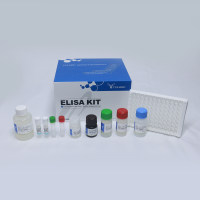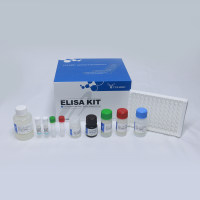Comparative Genomic Hybridization of Wilms tumor
互联网
互联网
相关产品推荐

促销中大鼠肿瘤坏死因子α(TNF-α)/Rat TNF-α/tumor necrosis factor (TNF superfamily,member 2)/Tnf;Tnfa;Tnfsf2;Tumor necrosis factor;Cachectin;TNF-alpha;Tumor necrosis factor ligand superfamily member 2;TNF-a) [Cleaved into: Tumor necrosis factor;membrane for/TNF/ELISA试剂盒
¥3420¥3800

WT1/WT1蛋白Recombinant Human Wilms tumor protein (WT1)重组蛋白WT33蛋白
¥1344

An12g08930/An12g08930蛋白Recombinant A_s_p_ergillus niger A_s_p_ergillus niger contig An12c0300, genomic contig (An12g08930)重组蛋白/蛋白
¥2328

促销中小鼠肿瘤坏死因子α(TNF-α)酶联免疫试剂盒Mouse Tumor necrosis factor α,TNF-α ELISA KIT
¥3420¥3800

Tnfrsf17/Tnfrsf17蛋白Recombinant Human Tumor necrosis factor receptor superfamily member 17 (TNFRSF17) (Active)重组蛋白B-cell maturation protein (CD_antigen: CD269)蛋白
¥1368
相关问答

